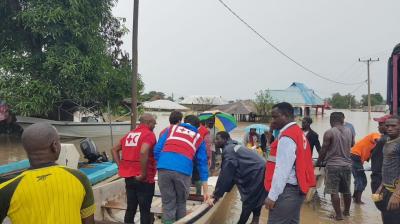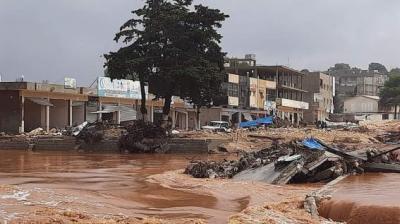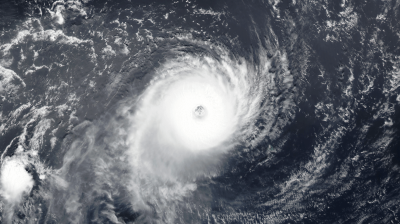WMO strengthens Flash Flood Guidance system
The acclaimed Flash Flood Guidance System with Global Coverage (FFGS/WGC) has been put on a more sustainable footing after a decision by the Extraordinary World Meteorological Congress.
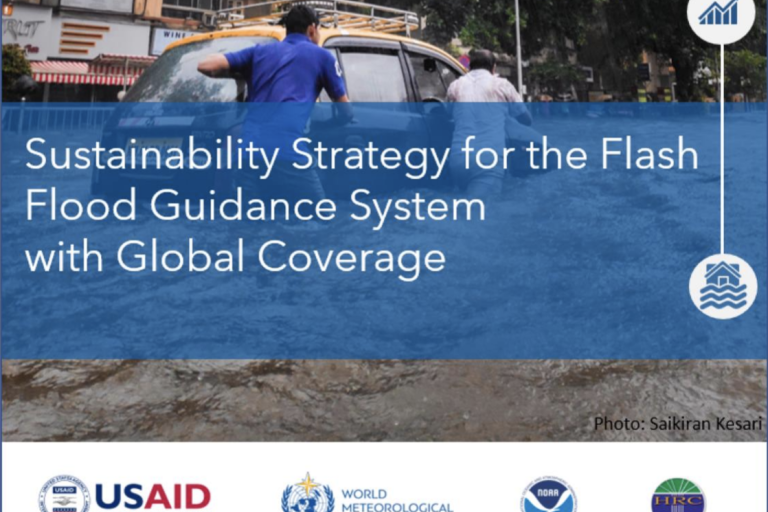
The acclaimed Flash Flood Guidance System with Global Coverage (FFGS/WGC) has been put on a more sustainable footing after a decision by the Extraordinary World Meteorological Congress.
The new Sustainability Strategy sets out a vision and approach for the future development and implementation of FFGS in order to save lives and livelihoods. It was approved by the Extraordinary World Meteorological Congress after receiving endorsement from the Hydrological Assembly.
Flash floods are among the world’s deadliest natural disasters with more than 5 000 lives lost annually and huge social, economic and environmental impacts. Accounting for approximately 85% of flooding cases, flash floods also have a higher mortality rate than riverine and coastal floods. Flash floods differ from river floods in their short time scales and occurrence on small spatial scales, which makes flash flood forecasting a different challenge from large-river flood forecasting.
Since 2007, the FFGS has been implemented through various regional and national projects in more than 60 countries, providing coverage to 3 billion people, i.e., 40% of the world’s population and enhancing early warning capabilities at the national and regional levels.
After more than a decade of development and implementation of the FFGS, an External Review of FFGS was conducted in 2018. It concluded that the implementation of the FFGS had allowed many countries for the first time to issue flash flood warnings thus helping reducing loss of lives. The External Review also identified certain challenges that countries faced for operations and maintenance.
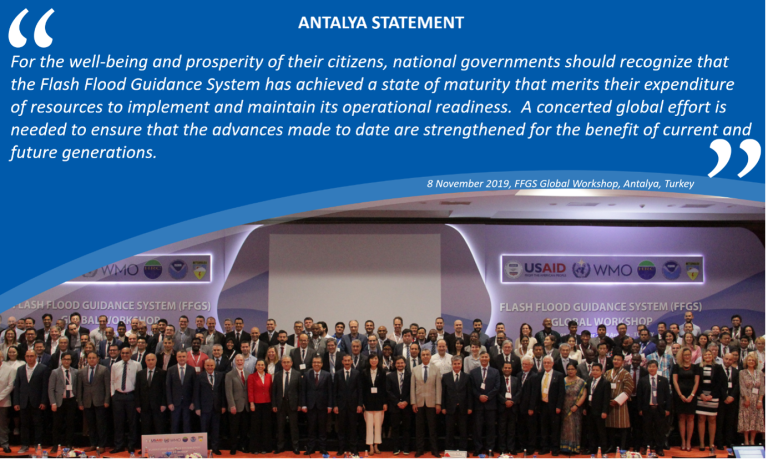
“The strategy brings us new aspects and visions to ensure the sustainability of the FFGS for the benefit of current and future generations as we keep facing with the increasing frequency and severity of flash floods all over the world,” said Dr Yuri Simonov, Chair of the Standing Committee on Hydrology.
Committee vice-chair Prof. Marcelo Uriburu Quirno said it would help mitigate the impacts of flash floods by enhancing early warning capabilities at the national, regional and global level and helping to protect communities, safeguard economies and save countless lives.
The approved Strategy is the product of joint efforts of FFGS member countries, WMO’s Standing Committee on Hydrological Services (SC-HYD) and FFGS Partners, namely World Meteorological Organization (WMO), U.S. Agency for International Development/Bureau for Humanitarian Assistance (USAID/BHA), National Weather Service of the U.S. National Oceanic and Atmospheric Administration (NOAA/NWS), and the Hydrologic Research Center (HRC).
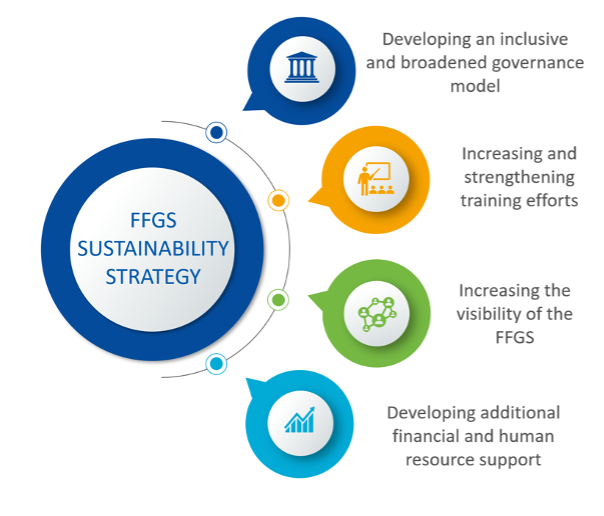
More than 160 experts from all over the world, including meteorologists, hydrologists and disaster management experts attended a workshop in Antalya, Turkey, in 2019 to brainstorm on the new strategy.
Dr Hwirin Kim, Head of Hydrological and Water Resources Services Division at WMO, highlighted that the engagement of FFGS Member countries was of crucial importance for the development of the Strategy. Working jointly with FFGS Member countries and acknowledging their recommendations, helped us todevelop a strategy that represents the views of our Member countries and will provide us with guidance for the future improvement of the FFGS.
The new strategy identifies four key factors and activities:
1) developing an inclusive and broadened governance model; 2) increasing and strengthening training efforts; 3) increasing the visibility of the FFGS; and 4) developing additional financial and human resource support.
- WMO Member:
- United States of America





